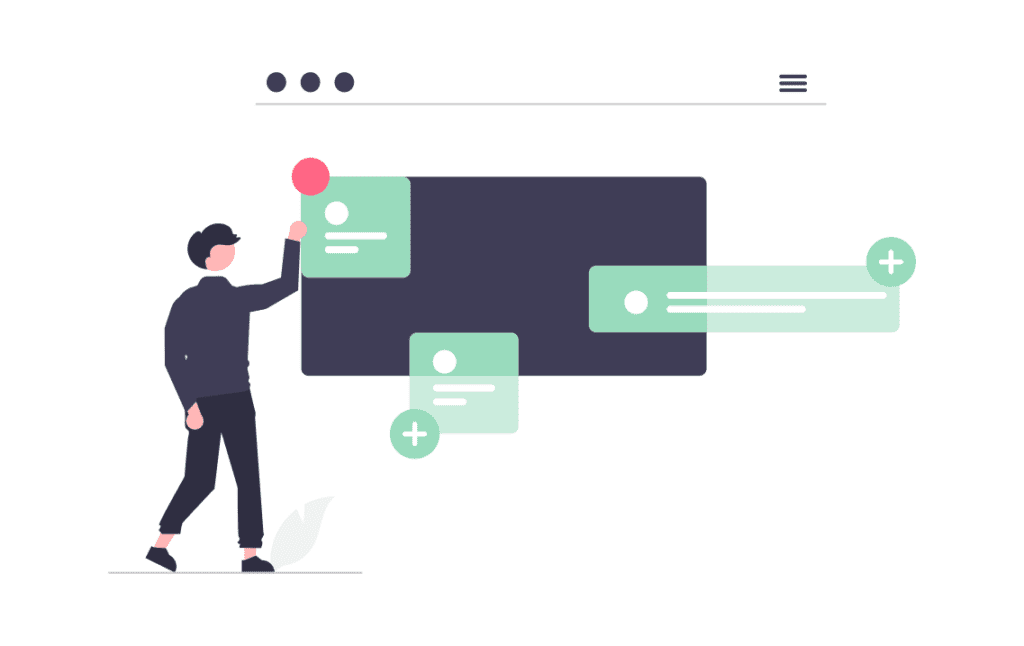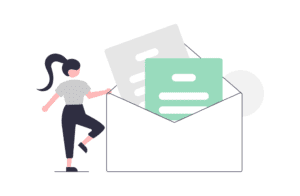
Are You Using Personalisation in Your Strategy or Just Filling Boxes?

Are You Using [Personalisation] in Your Strategy or Just Filling Boxes [first. name]?
Everyone thinks they’re doing personalisation right. Some companies believe that simply adding customer names to packages and emails is enough to retain and attract consumers. However, there are plenty more effective personalisation strategies that companies can embark on - ones that actually increase sales and customer retention. Keep on reading to learn more about the importance of data-driven personalisation and how to implement this in your marketing strategy.
What is Personalisation in Marketing?
Marketing personalisation involves utilizing data to provide tailored advertisements to an individual or group. When customers receive reminders of recent browsing history or relevant ads, these are examples of personalised marketing.
Traditionally, marketers developed advertisements in hopes of appealing to every customer. But now more than ever, people expect personalisation from their favourite brands. So much so that 41 % of consumers switched to a different brand because of poor personalisation. Not to mention, a staggering 87% of people said that personalised content increased their positive perception of a company
From website design to email marketing, the more a brand personalises aspects of its marketing, the better it stands out. However, there are plenty more effective personalisation strategies that companies can embark on - ones that actually increase sales and customer retention. Keep on reading to learn more about the importance of data-driven personalisation and how to implement this in your marketing strategy.
Personalised marketing is no longer an added perk – it’s a necessity for businesses to thrive.
The Importance of First and Zero Party Data
You will more than likely come across first and zero party data in personalised marketing. It’s important to know the difference to deliver personalised services and ads.
First-party data is data that you collect from your audience - this involves insights from analytics and observed users behaviours. You can collect first-party data from your Instagram analytics, website data, etc.
Alternatively, zero party data involves direct contact with your consumers, where they intentionally share information with you. Companies gather this data through surveys, case studies or one-on-one communication.
Why Every Brand Should Strive for Data - Personalisation
At the heart of personalised marketing is data. Companies need to collect customer data to execute effective marketing strategies that involve tailored content. But here is the tricky part; brands shouldn't go after any data.
That is why collecting zero party data should be an important part of your strategy. Surveys are one strategy marketers can use to understand their consumers more but more than that, it's very important to act on the data collected. Let’s say you ask clients if they prefer chocolate or vanilla. If a group of consumers say they prefer chocolate, yet your brand constantly advertises vanilla ice cream or vanilla flavoured foods, this could be an issue.
Personalised Marketing Tips
Here are just a few tips to consider when it comes to personalised marketing:
- Always listen to your customers and allow consumer data and preferences to guide your decision making.
- Collect data on meaningful moments in your consumers' lives and surprise them with a special message or gift (lifestyle, kids, birthdays).
- Don’t be creepy; rather than searching through consumer web history, consider other innovative ways to gather data.
- Respect consumer privacy to develop trust.
There are a ton of innovative and creative ways to collect data and deliver personalised marketing. Stampix can help your brand collect valuable data from consumers in a very emotional way, creating long-term brand building. Learn more about our solutions here.

Be the first to know about new products, features, campaigns ideas, inspirations, marketing insights and loyalty tips.

Subscribe to our Newsletter
We promise we won’t flood you with emails! Every two months we will send you an insightful newsletter with marketing and loyalty news, interesting blogs and new product releases.








